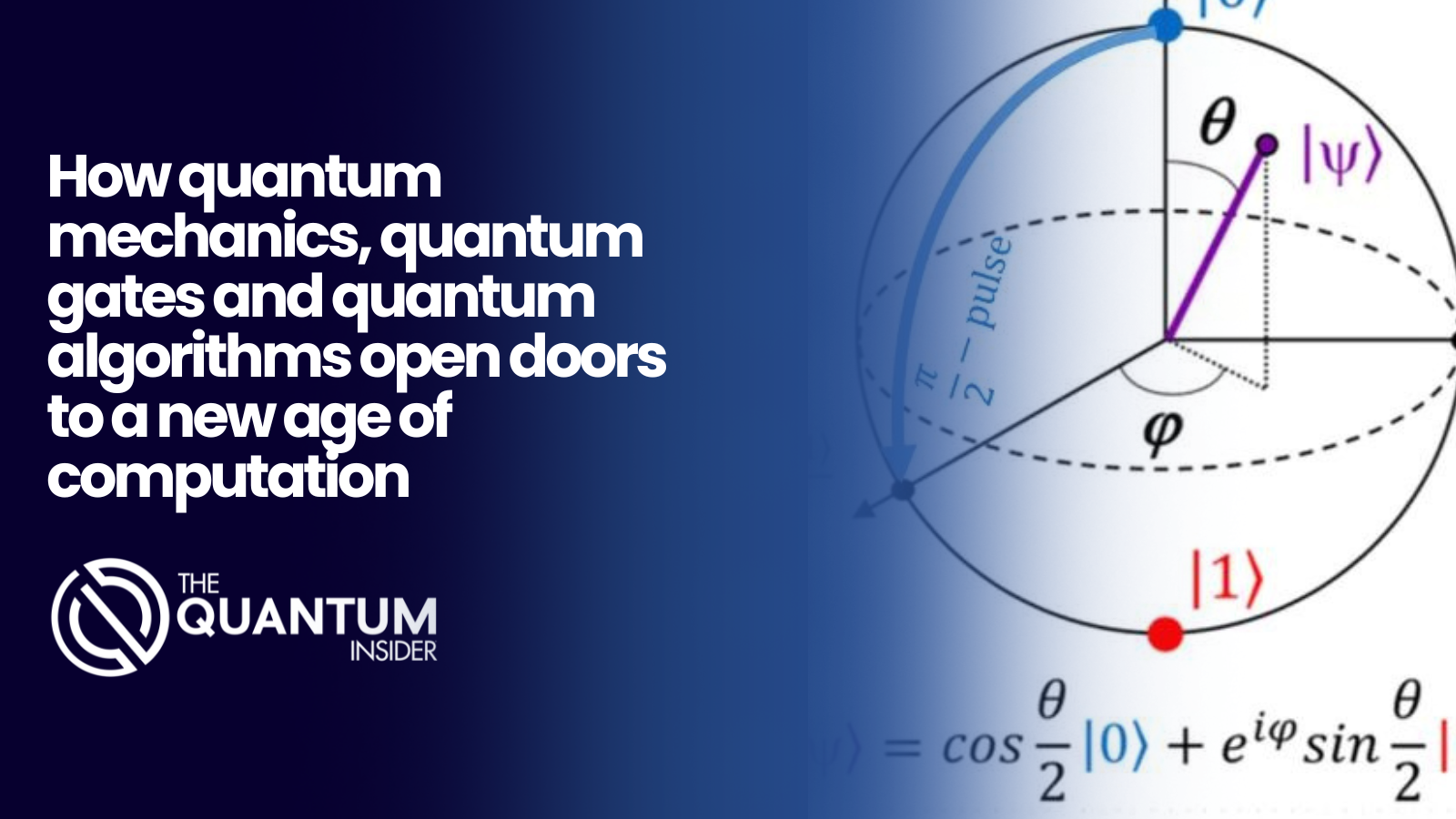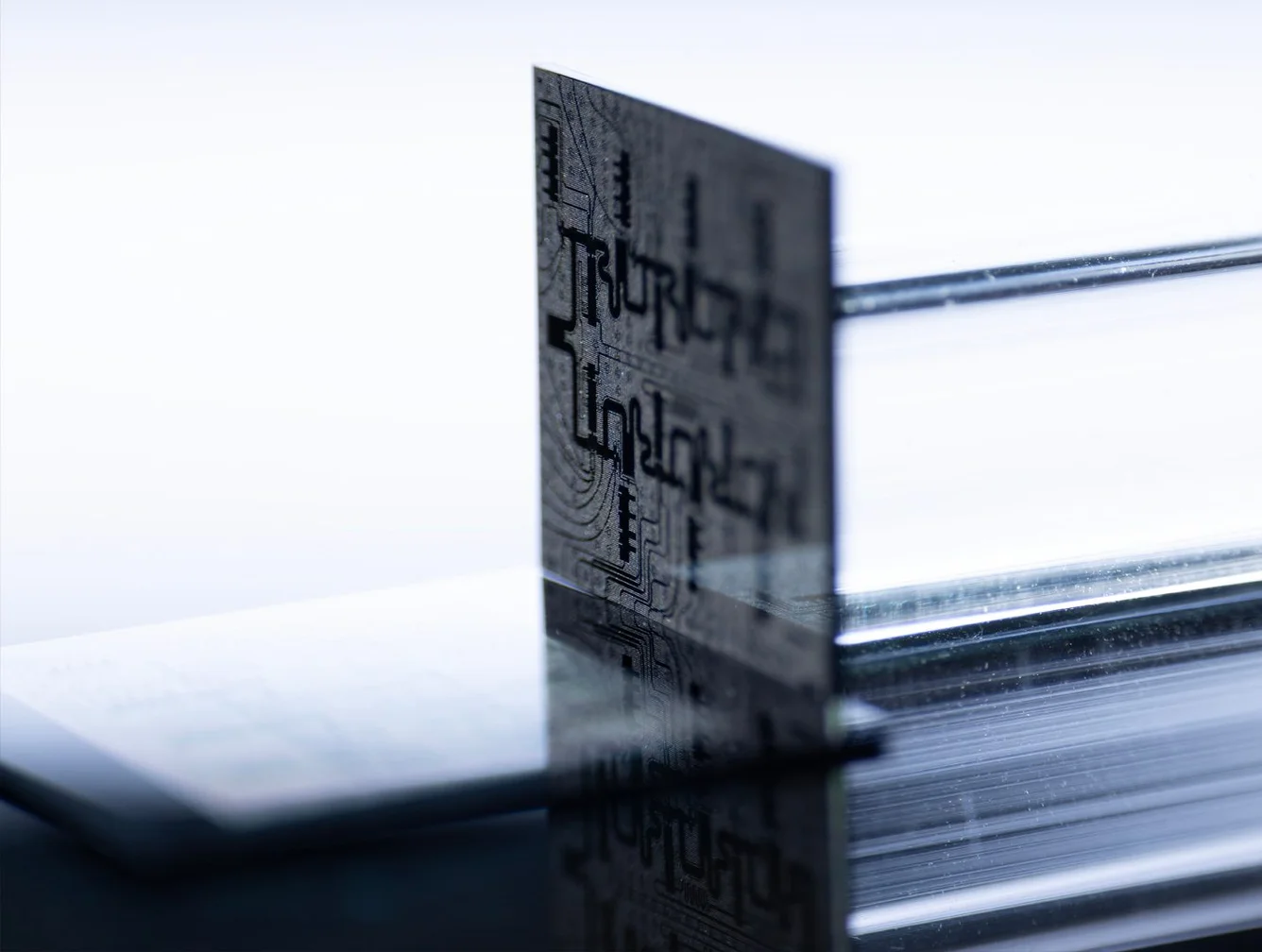The Quantum Computing Race Heats Up
The tech world is abuzz with AWS’s announcement of Ocelot, its first quantum computing chip. Positioned as a breakthrough in error correction and scalability, Ocelot could redefine how we approach practical quantum computing. But what makes this chip special? Let’s unravel the science, the stakes, and why this matters for the future of technology.
Quantum Computing 101: Promises and Challenges
Quantum computers harness qubits—quantum bits that exist in superpositions of 0 and 1. This allows them to solve complex problems exponentially faster than classical computers, from drug discovery to climate modeling. However, qubits are notoriously fragile. Environmental noise, temperature fluctuations, and even cosmic rays can cause errors, collapsing their quantum states. This fragility has stalled progress toward fault-tolerant quantum systems capable of real-world applications.
The Error Problem: Why Quantum Bits Are So Fragile
Qubits face two primary errors:
Bit-flips: A qubit’s 0 becomes 1, or vice versa.
Phase-flips: The qubit’s quantum phase (a property governing superposition) flips, altering computational outcomes.
Traditional error correction requires redundancy—using thousands of physical qubits to create one stable “logical qubit.” This overhead makes scaling impractical. For instance, Google’s 2019 quantum supremacy experiment used 53 qubits, but none were error-corrected.
AWS Strikes Back: Introducing the Ocelot Chip
Cat Qubits: Leveraging quantum superpositions of classical states.
Efficient Error Correction: Reducing resource overhead by 90%.
Scalable Architecture: Modular design for future expansion.
Cat Qubits Explained: Schrödinger’s Secret Sauce
Named after Schrödinger’s cat—a thought experiment where a cat is both alive and dead—cat qubits encode information in “coherent states” of light or microwave photons. These states resemble classical waves but exist in superposition.
How It Works:
Bit-flip Suppression: Cat qubits are engineered to suppress bit-flips inherently. Imagine a marble in a double-well potential; noise might shake it, but the wells’ design keeps it from jumping (bit-flipping).
Phase-flip Focus: Only phase errors remain, simplifying correction.
Why This Matters: By eliminating bit-flip concerns, Ocelot slashes the need for redundant qubits.
Error Correction Revolution: Doing More With Less
Traditional methods like surface codes require ~1,000 physical qubits per logical qubit. Ocelot’s architecture, however, uses “biased noise” qubits (prone to one error type), allowing simpler codes.
Key Innovation:
Ancillary Qubits: Dedicated error-detection qubits monitor phase-flips without disturbing computations.
Stabilizer Circuits: Continuously check qubit states, enabling real-time corrections.
This reduces resource demands, making fault tolerance feasible with fewer qubits.
Scalability Showcase: Building Blocks for the Future
Ocelot integrates five cat qubits with stabilizers and ancillae. This modular design allows incremental scaling. AWS envisions stacking these units like LEGO blocks, creating larger systems without exponential error correction costs.
Buffer Circuits: These act as shock absorbers, isolating qubits from noise during operations. Combined with cryogenic cooling (standard in quantum setups), stability improves significantly.
The Competitive Landscape: How Ocelot Stacks Up
AWS isn’t alone. Recent advancements include:
Microsoft’s Majorana 1: Uses elusive Majorana fermions for topological qubits, theoretically error-resistant.
Google’s Willow: Focuses on improving qubit connectivity and coherence times.
Ocelot’s Edge: While Majorana fermions remain experimentally unproven, cat qubits use existing photonic/ superconducting tech, offering a pragmatic path to scalability.
Expert Reactions: Hope, Hype, and Healthy Skepticism
Dr. Jane Doe, Quantum Researcher: “Ocelot’s error suppression is groundbreaking. If scalable, it could democratize quantum computing.”
Critics: Note that five qubits are far from the millions needed. Scaling introduces new challenges, like cross-talk between modules.
The Road Ahead: When Will We See Real-World Impact?
AWS estimates Ocelot could accelerate commercial quantum computing by five years. While still a prototype, its principles might soon integrate into AWS’s cloud services, letting researchers experiment remotely.
Applications on the Horizon:
Cryptography: Breaking RSA encryption (currently infeasible) or enabling quantum-safe protocols.
Material Science: Simulating molecules for better batteries or carbon capture.
Final Word
Quantum computing’s promise is vast, but its path is riddled with challenges. Ocelot’s innovations offer a tantalizing glimpse of a future where quantum machines solve today’s unsolvable problems. Whether AWS can scale this prototype remains to be seen, but one thing is certain: the quantum race just got a lot more interesting.
Source : Amazon science







0 Comments